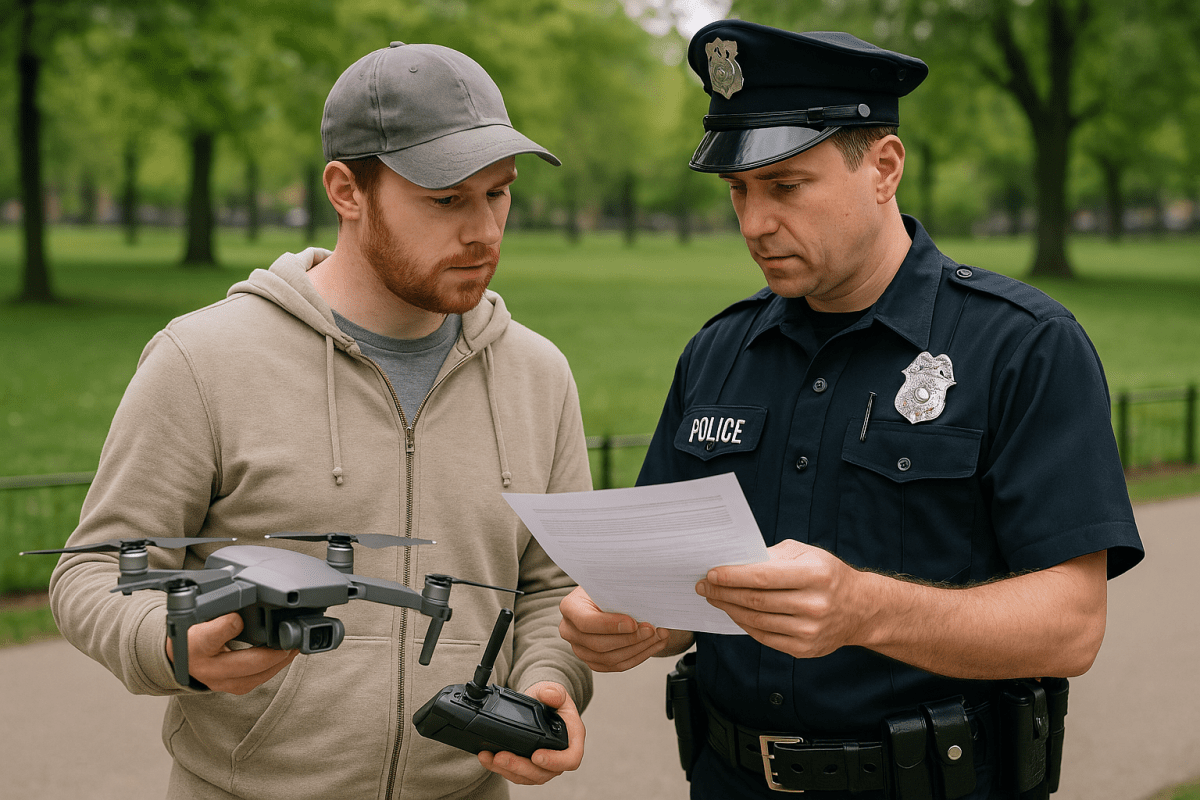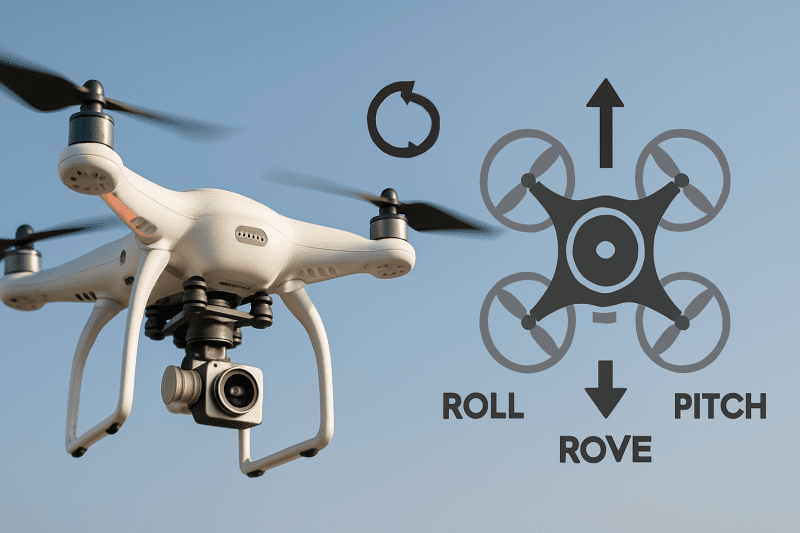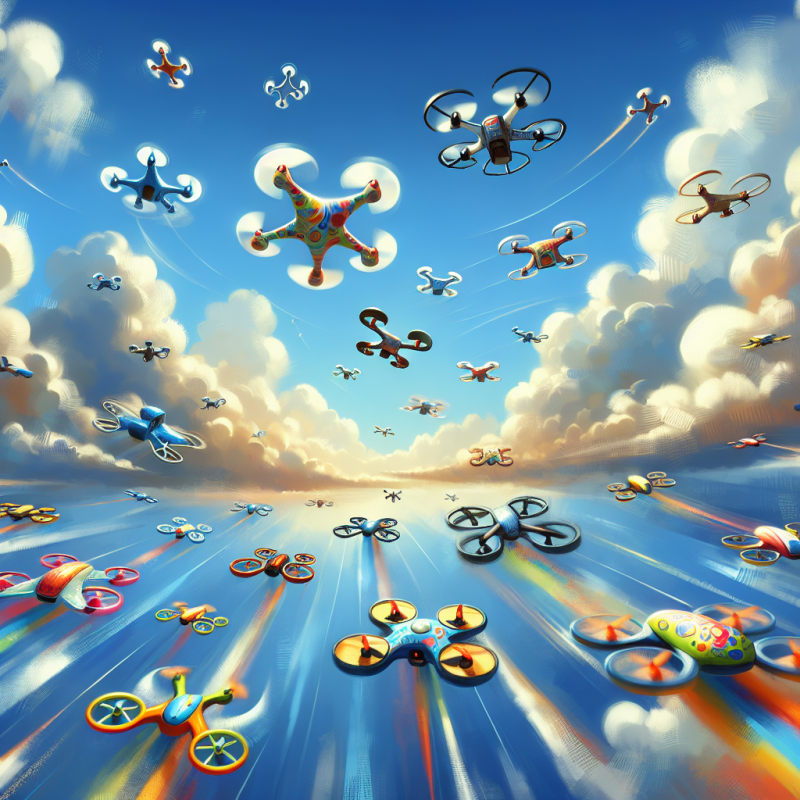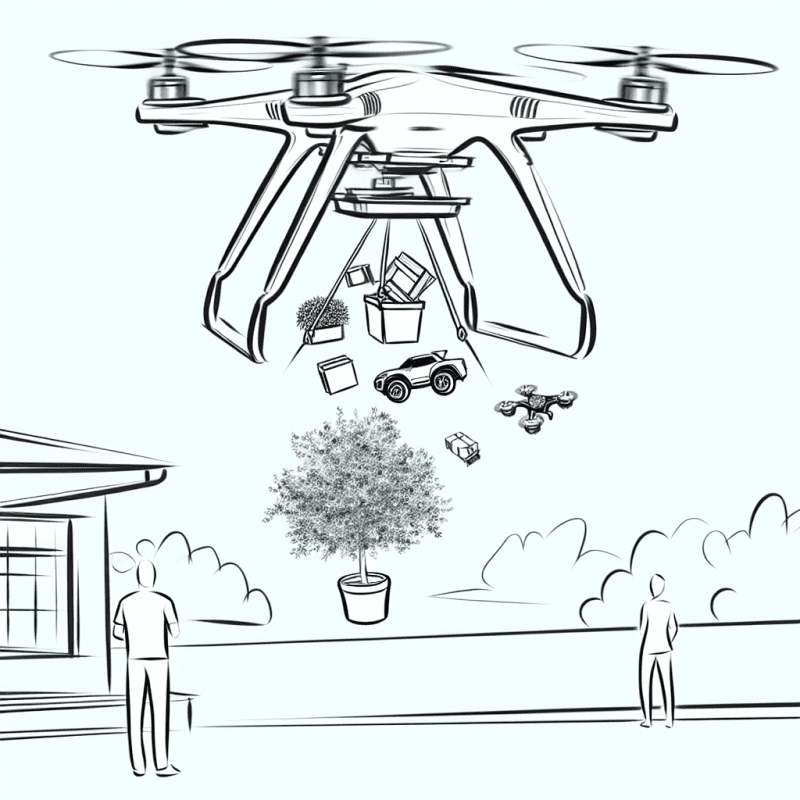Flying a drone can be fun but can you do it freely in a public space?
What are the rules regarding drone registration and flying licences in your country?
Commonly accepted rules for flying drones
After digging into several countries regulations, I’ve found some patterns surrounding the rules about drones:
- Licence and registration: like cars, in most countries, there is a requirement to register the drone and the pilot needs a licence when it’s required. However, none are needed if it’s recreational without camera in most cases.
- Recreational use vs Commercial Use. Are you flying your drone for fun or do you plan to use it to put make some extra cash ? For recreational use, in most countries around the world, you don’t need a licence if your drone is below a certain weight and without a camera. If your drone is used for anything that is not recreational, then if falls into the commercial use category and therefore require a licence and insurance.
- Camera or not Camera? A drone with camera will need to be registered in all the countries you plan to fly it. As soon as there is a camera, no exceptions. The funniest part of a drone without camera is that it isn’t required to be registered.
- 250 g (0.55lb), the weight of the licence. In nearly all countries in the world, if your drone is below that weight, you don’t need a licence to fly your drone. Above, it is mandatory in most countries. In some countries (see below) you even have to pass a test to get your licence.
In summary:
|
|
Recreational Use: YES |
Recreational Use: NO (Commercial) |
|
Weight below 250gram (0.55lb) |
No licence |
Licence and insurance |
|
Weight 250gram (0.55lb) or more |
Licence |
Licence and insurance |
|
Camera: |
NO |
YES |
|
Drone Registration |
No |
Mandatory |
Those rules generally applies to drones that are flown in public spaces. They usually don’t apply if you fly a drone recreationally above a private land with the authorisation of the owner.
So the small drone with camera bought on AliExpress you got to your nephew for Christmas is safe as long as he doesn’t go playing with it at the park.
Be careful because in some areas, the local force is very sensitive to the legality of drones flown locally and if found in breach of the legislation, you may end up in prison.
As you can see, it is important to keep an eye on the weight of the drone when purchasing it. In our store, you will find a selection of drones that are below 250g that are suitable for recreational use.
Beware that in some countries, like the US, the drone used for commercial use has to be fitted with a transponder, or electronic automatic identification, which should match the registration made to the FAA.
If you need more details, don’t hesitate to search the website of your local Aerial safety Authority which has certainly a section dedicated to drone rules available publicly.
Below, I have prepared a summary per country. For practical reasons, I have limited my selection to the biggest countries in the world (pop >60M).
Summary of Drone Laws by Country
EU: European Union (incl. France, Germany, Italy, Spain, Poland, etc.)
- Applies to all EU member states under EASA rules.
- Required: Operator registration (for drones with camera or over 250g).
- Recreational & commercial users must complete free online training and pass a theory exam (valid 5 years).
- Label the drone with Operator ID.
- Additional authorisation needed for higher-risk ops (flying near people/buildings, BVLOS, heavier drones).
---
GB - United Kingdom
If your drone weighs under 250g:
- No licence needed if it’s a toy or has no camera.
- Operator ID required if it has a camera (even for recreational use)
- Flyer ID not required, but it’s recommended to take the free theory test to fly safely.
If your drone weighs 250g to 20kg:
You must have both:
A Flyer ID (pass a free online theory test).
An Operator ID (register with the CAA – costs £11.79/year).
This applies whether you're flying for fun or commercially.
---
IN - India
- No licence for nano drones (<250g) used personally.
- Registration and Remote Pilot Licence (RPL) required for drones ≥250g.
- Commercial use requires training at a DGCA-approved school, real-name registration via Digital Sky, and possibly insurance.
- Strict “No Permission, No Takeoff” policy enforced digitally.
---
CN- China
- Mandatory real-name registration for all drones.
- No licence needed for most recreational flying.
- Commercial use requires company registration in China, pilot certification, and flight permissions.
- Imports and use of GPS-enabled drones can face scrutiny in sensitive regions.
---
US - United States of America
- Drones over 250g must be registered with FAA.
- Recreational users must pass the free TRUST test.
- Commercial use governed by Part 107 licence, requiring an in-person knowledge test.
- Drones must be labeled and follow altitude and airspace rules.
---
ID - Indonesia
- Registration needed for drones over 250g.
- Recreational users must fly below 150m, away from people and restricted areas.
- Commercial users require permission from DGCA, especially for aerial filming or large drones.
- Foreign operators must obtain special approval.
---
BR - Brazil
- All drones with cameras or over 250g must be registered.
- Recreational flyers must follow visual line of sight, altitude, and distance limits.
- Commercial pilots must be at least 18 and request approval from ANAC for specific missions.
- Airspace authorization needed via DECEA.
---
NG - Nigeria
- Commercial and public use requires NCAA approval.
- Hobbyist flyers must still follow airspace rules and no-fly zone restrictions.
- Commercial use demands licensing, safety case submissions, and flight approvals.
---
MX - Mexico
- No licence for drones <2kg used recreationally, but registration is mandatory.
- Commercial pilots must hold a private pilot licence, be insured, and submit safety studies to AFAC.
- Foreign recreational flyers can bring drones, but commercial use is restricted.
---
BD - Bangladesh
- All drone use requires CAA registration and approval.
- Commercial use is strictly regulated, and permission must be requested before flying.
- Restrictions in populated areas and near sensitive infrastructure.
---
RU - Russia
- Drones over 250g must be registered.
- Recreational use permitted within sight, away from airports and cities.
- Commercial flights require flight plans and permission from aviation authorities.
- Some regions are heavily restricted, especially near borders and government facilities.
---
PK - Pakistan
- Registration required for most drones.
- Civil Aviation Authority (CAA) tightly regulates commercial operations—licenses needed.
- Some urban areas and public gatherings are off-limits.
---
JP - Japan
- Drones over 100g must be **registered with MLIT**.
- Recreational use allowed under altitude and proximity rules.
- Commercial flights require **approval**, especially for urban or BVLOS flights.
- Night flights, crowd filming, and autonomous ops are restricted without special permission.
---
PH - Philippines
- Drones over 7kg or for commercial use must be **certified by CAAP**.
- Recreational flyers must register and fly under 122m.
- Commercial operators need **Operator Certificate** and licensed pilots.
---
VN - Vietnam
- **All drone flights require a special flight permit**, even for recreational use.
- Applications must be submitted **14+ days in advance** to the Ministry of Defense.
- **No licence system**, but approval is mandatory for each flight.
- Drones must weigh **under 11.8kg (26 lbs)** and fly **below 150m**.
- Strict bans on flying near military zones, cities, or using drones for aerial photography without permission.
---
TR - Turkey
- Drones **over 500g must be registered** with the DGCA.
- **Recreational use** allowed with registration and compliance with altitude and distance rules.
- **Commercial use requires a licence**, including passing a theoretical and practical exam.
- Foreigners must obtain **special import and flight permissions**—unregistered drones may be confiscated at customs.
---
IR - Iran
- Drones **over 300g require a permit**, even for recreational use.
- **No licence required**, but **strict restrictions** on where you can fly.
- **Flying near government, military, or nuclear sites is prohibited**.
- Foreign visitors must register their drone and obtain permission—**unauthorized flights can lead to serious legal consequences**.
---
TH - Thailand
- All drones with cameras or over 250g must be registered with both CAAT and NBTC.
- Drone insurance is mandatory.
- No licence required for recreational use, but you must carry registration and fly only in permitted areas.
- Commercial use requires additional authorisation and possibly a pilot licence.
---
KR - South Korea
- Drones over 250g must be registered.
- No licence needed for recreational use under 2kg, but an online safety course is required.
- Commercial use requires certification and training, depending on drone weight.
- Strict no-fly zones around Seoul, airports, and military areas.
---
ZA - South Africa
- Recreational flyers don’t need a licence but must follow strict rules (e.g. fly below 120m, stay 50m from people/buildings).
- Commercial use requires a Remote Pilot Licence (RPL) and registration with SACAA.
- Drones over 7kg must be registered.
- Flying near airports, national key points, or over crowds is prohibited.
---
CO - Colombia
- Recreational use allowed without a licence, but drones must be registered.
- Commercial use requires a licence from a certified flight school.
- Drones are classified by weight (Class A, B, C), with increasing restrictions.
- Flights must stay below 152m and 750m from the operator, unless special permission is granted.
---
UA - Ukraine
- Drones under 2kg can be flown without registration or licence for recreational use.
- Drones over 2kg must be registered, and commercial use requires a permit from UkrAirCenter.
- No-fly zones include airports, military areas, and most of central Kyiv.
- Flights must stay below 120m and within visual line of sight.
---
AR - Argentina
- Drones over 500g must be registered with ANAC.
- No licence required for recreational use under 10kg.
- Commercial use requires a certificate of competence and drone registration.
- Flights must stay below 122m, away from people, and not within 5km of airports.
---
For smaller countries, please search online for the rules applicable. The suggested prompt is: “Do I need a licence to fly a drone in [country]?”
Enjoy flying your drone !



